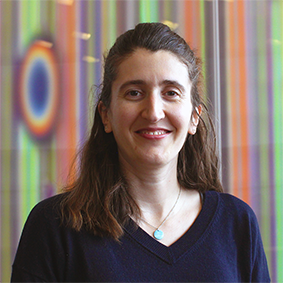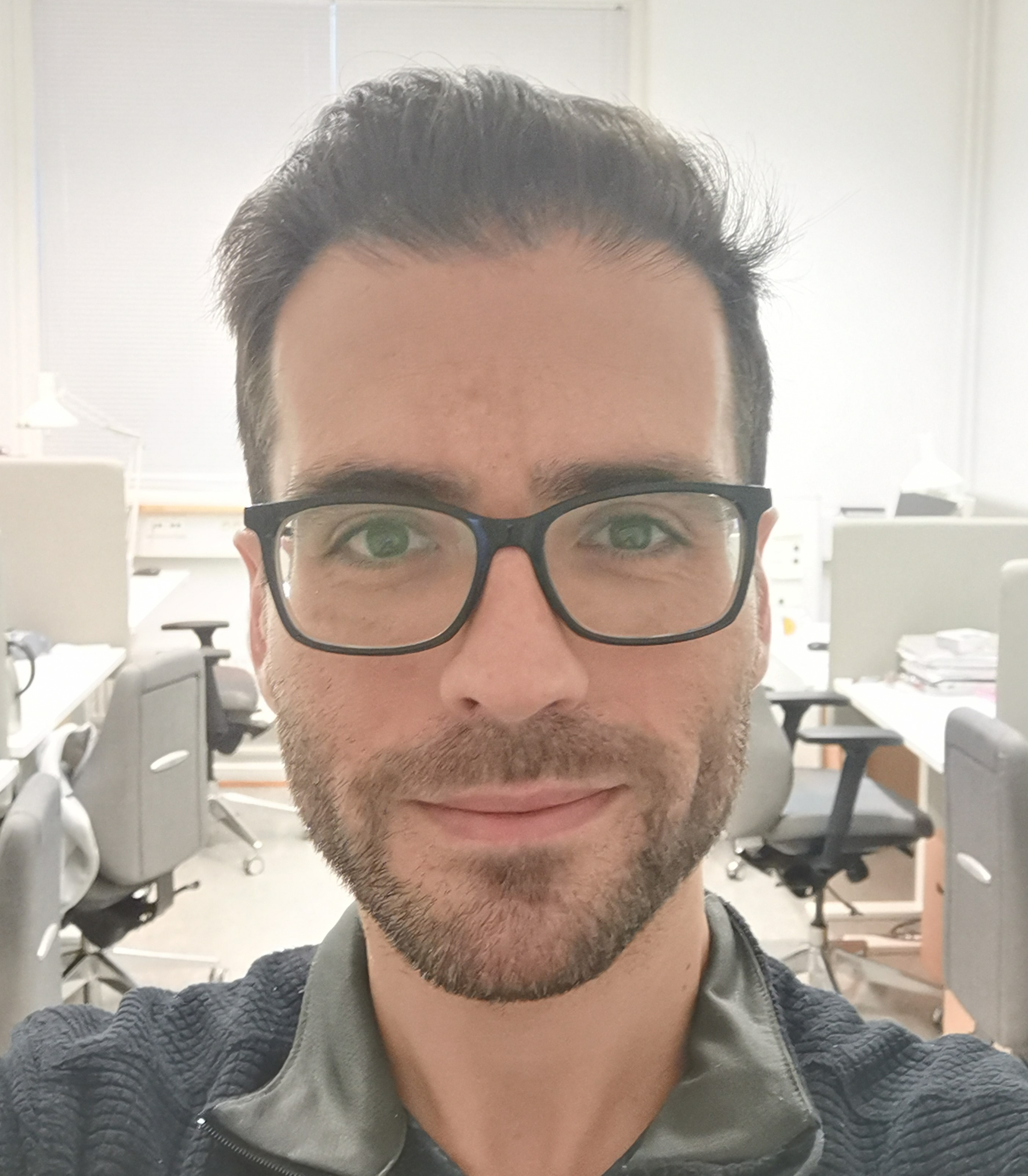”What, where, why…?”- a morning spent at the Department of Applied Physics from a child’s perspective

Friday 24. November saw the latest instalment of the annual “Bring your child to work day”. On this day, employees are encouraged to bring along their children to their workplace to let them participate in their working life. Schools also promote this event and actively encourage pupils to take up the opportunity and talk about the experience afterwards in class.
The Department of Applied Physics had already provided a short hands-on program during last year’s event, and this year decided to continue the program. Altogether 15 children aged 3-12 showed up on the morning of 24. November together with their parents, all employees at the Department. A two-hour programme consisting of demonstrations and some hands-on activities that reflected the variety of research undertaken at the Department took place.

First came a half hour live demonstration of liquid nitrogen gas provided by doctoral researcher Riku Rantanen from the Topological Quantum Fluid group led by Vladimir Eltsov and Research Engineer Tripurari Tripathi of OtaNano’s Low Temperature Laboratory. Together they showed how liquid gas behaves as a substance and demonstrated what effects one can observe when freezing objects such as a flower, balloons or a marshmallow. In fact, all children thoroughly enjoyed tasting a flash-frozen marshmallow from a wooden stick. “It’s crunchy!”, “like ice cream!” exclaimed some of the participants. What followed was a demonstration of a levitating magnet suspended above a frozen piece of superconducting metal which proved mesmerising to children. The older ones all took videos to share with their friends and classmates later on.
Ville LiljeströmI enjoyed this event because the children were able to focus and absorb the information of such an abstract topic as X-ray scattering

Following this demo, the group moved on to visit staff scientist Ville Liljeström of OtaNano's Nanomicroscopy Center and the X-ray scattering equipment. Liljeström started by asking the children what they knew about X-rays and what they could be useful for. “Taking pictures” and “of the body” came as the first answers. Liljeström then showed the kids in a hands-on manner what else you could use X-rays for, namely analysing atomic structures of samples including pyrolyzed wood or a human hair. The children got a chance to peek through a microscope and then check what an actual sample picture looked like, followed by looking at an actual model structure. This demo proved to be fun and interesting and was an excellent introduction to an otherwise difficult topic. Liljeström remarks “I enjoyed this event because the children were able to focus and absorb the information of such an abstract topic as X-ray scattering, which is not taught even in high school. They were, indeed, not afraid of new information.” Big credit also goes to Liljeström’s ability to present the topic in an age-appropriate manner and integrating the children as much as possible into his presentation.
Rafael Ayala LaraI liked their questions because these organisms are not the usual ones you might find in kids' books and elementary classrooms

The last activity station took place in front of a microscope looking at microorganisms under the instruction of postdoctoral researcher Rafael Ayala Lara from the Department’s Living matter group led by Prof.Matilda Backholm. Ayala Lara explained that he studies the movements in water of live microorganisms including the brine shrimp Artemia salina and the unicellular Paramecium, as well as use his force measuring device to probe root hairs of the model plant Arabidopsis thaliana. The children got to know what brine shrimp are, and had immediately many questions such as “where do they live, what do they eat, why are they useful, can they be dangerous to humans”? Ayala Lara showed them also how he collected Paramecium himself from pond water and how he cultivates brine shrimp in the laboratory before letting the children look at some live samples under the microscope. Many of the kids found this activity truly fascinating. When asked afterwards what the best activity was, some pointed out the brine shrimp. Others simply said “everything”! Ayala Lara reflects on the interaction with children on his topic: “I liked their questions because these organisms are not the usual ones you might find in kids' books and elementary classrooms, which means that this information is not widely known and therefore the questions were highly justified and pertinent”.
All children, parents and researchers experienced this day positively and thought it was worthwhile bringing their child to their work place. Clearly, this scheme resonates with the community and more events like this are wished for. The Department is planning to extend this event also into the coming year and we are grateful to our staff and researchers for organizing it this year.
Contact and more information
- Published:
- Updated:
Read more news

A! Walk-Nature connection: Walk, pick, discuss
The afternoon adventure on Lehtisaari offered more than just a walk in the forest; it sparked conversations about renewed appreciation for the simple pleasures of life and the beauty of the Finnish wilderness...
HRH Princess Maha Chakri Sirindhorn of Thailand visited Aalto University
During the visit, HRH and her delegation met with Aalto students and explored various activities.
Campus for people, plants and pollinators
The Otaniemi campus nature is managed with respect to biodiversity and the characteristic species of habitats.

